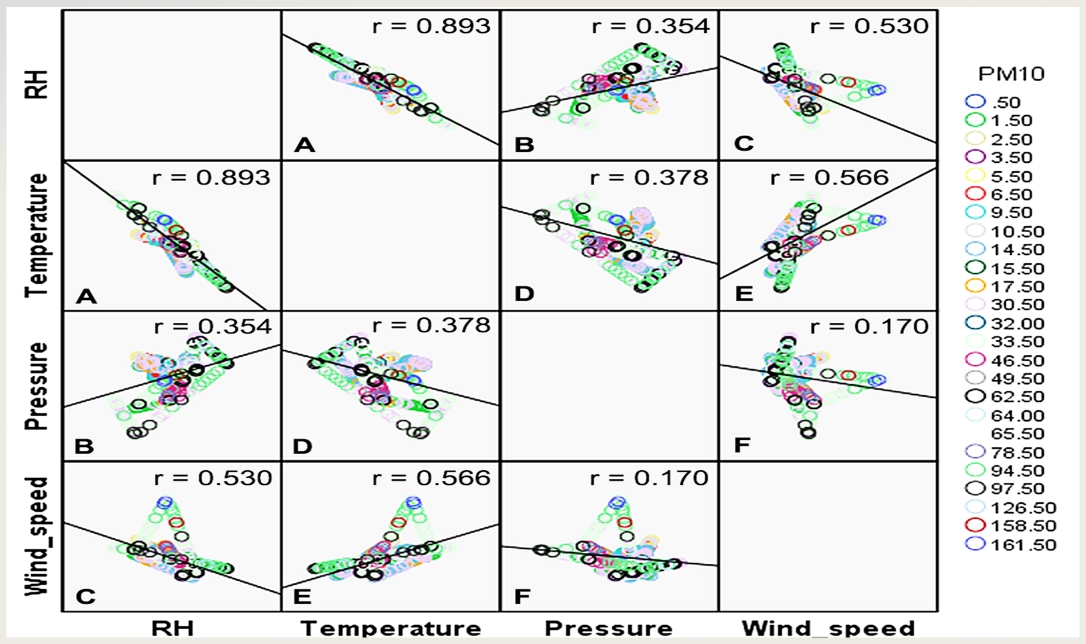Modeling the Effects of Meteorological Parameters and Sampling Frequency on PM10 Concentrations in Tacloban, Philippines
DOI:
https://doi.org/10.59120/drj.v16i1.359Keywords:
Meteorological parameters, multiple linear regression, PM10, STELLA™, TaclobanAbstract
According to the annual report of the Regional Environmental Management Bureau, Tacloban recorded high annual mean levels of PM10 concentrations in 2013 to 2015, which registered 65 µg m-3, 76 µg m-3, 64 µg m-3, respectively. Such measurements were in exceedance of the long-term National Ambient Air Quality standard (60 µg m-3). It was imperative, therefore, to simulate and predict the PM10 concentrations in this area through this study. A PM10 systems model was created to predict and analyze the effects of meteorological parameters and sampling frequencies to PM10 concentrations. Second-order Runge-Kutta integration method (DT=0.05) was used to run the model for a 20-year period. Using a multiple linear regression analysis, air temperature and wind speed were the key predictors to the concentrations of PM10. Monsoonal winds and mesoscale phenomena may also have contributed to the PM10 levels in the sampling site. In terms of the effects of the sampling frequency, the 1-in-6-day sampling scheme (R = 58.0%) resulted in predicted PM10 values which acceptably fits the model. Other meteorological variables and transboundary transport must also be considered in the STELLA model to simulate the PM10 concentrations in Tacloban, Philippines.
Downloads

Downloads
Published
Issue
Section
License
Copyright (c) 2025 Frank Britz V. Cadavis, Jonnifer R. Sinogaya

This work is licensed under a Creative Commons Attribution-NonCommercial 4.0 International License.
DRJ is an open-access journal and the article's license is CC-BY-NC. This license allows others to distribute, remix, tweak, and build on the author's work, as long as they give credit to the original work. Authors retain the copyright and grant the journal/publisher non-exclusive publishing rights with the work simultaneously licensed under a https://creativecommons.org/licenses/by-nc/4.0/.





